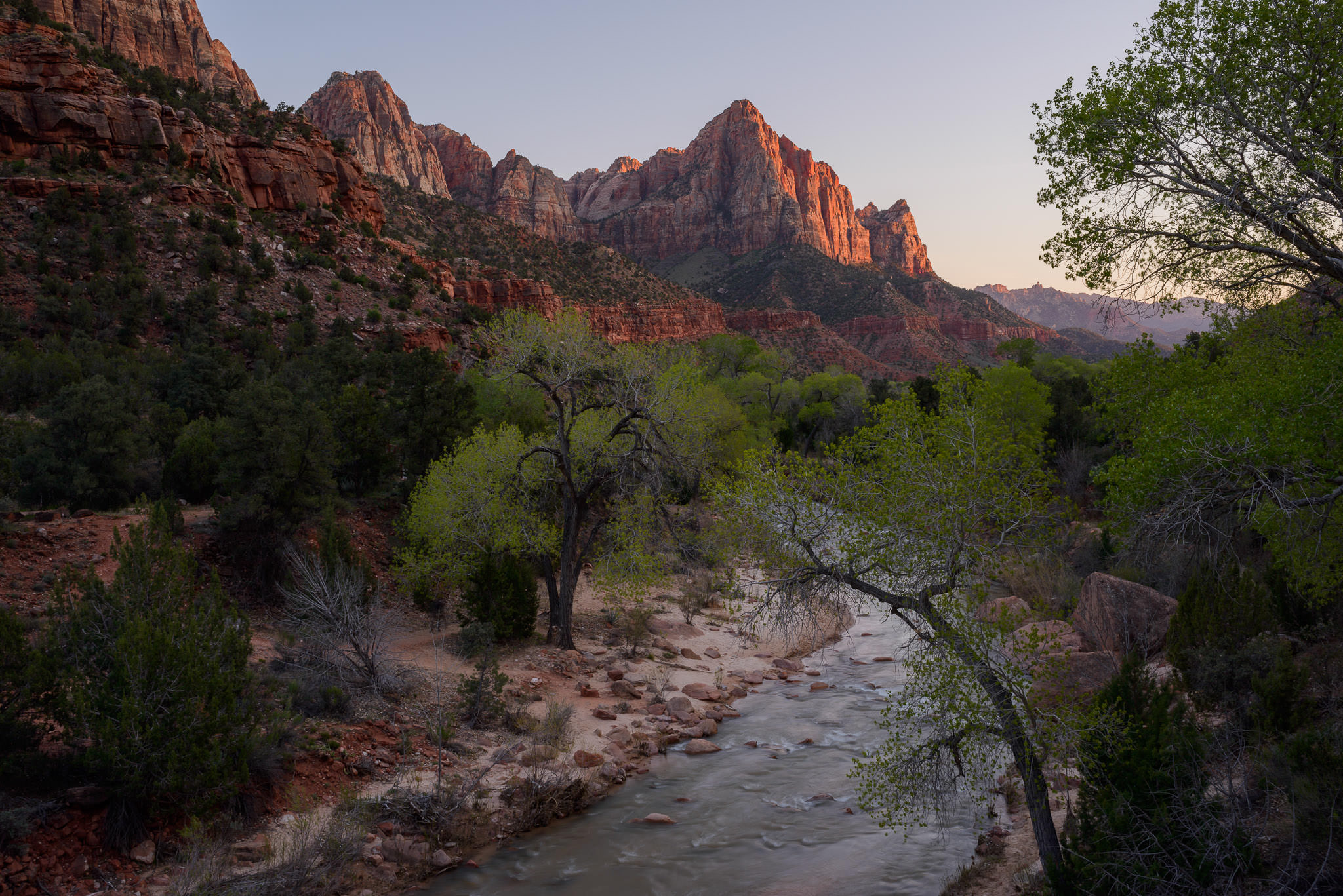- Joined
- Aug 7, 2016
- Messages
- 1,612
- Reaction score
- 973
The most effective is CPL filter at 40-70 degree left or right from the sun. It cuts a polarizing light reflecting from the bright objects so the best use would be to cutoff the reflexes of the surface of the water. And you can do more dramatic sky if there are some clouds on it. The sky will be more dark in contrast to the clouds. Also useful to improve contrasts of far object (mountains etc.).
For the best effect the rotating ring on CPL filter should be adjustable from the remote. Maybe in the future, but now you must rotate the drone with CPL on it and make the circle and rotate the CPL at the same time while you are looking at the display and see at which direction the effect is the best. Leave the filter in desired position and fly the drone into the right location to get that effect.
For the best effect the rotating ring on CPL filter should be adjustable from the remote. Maybe in the future, but now you must rotate the drone with CPL on it and make the circle and rotate the CPL at the same time while you are looking at the display and see at which direction the effect is the best. Leave the filter in desired position and fly the drone into the right location to get that effect.







